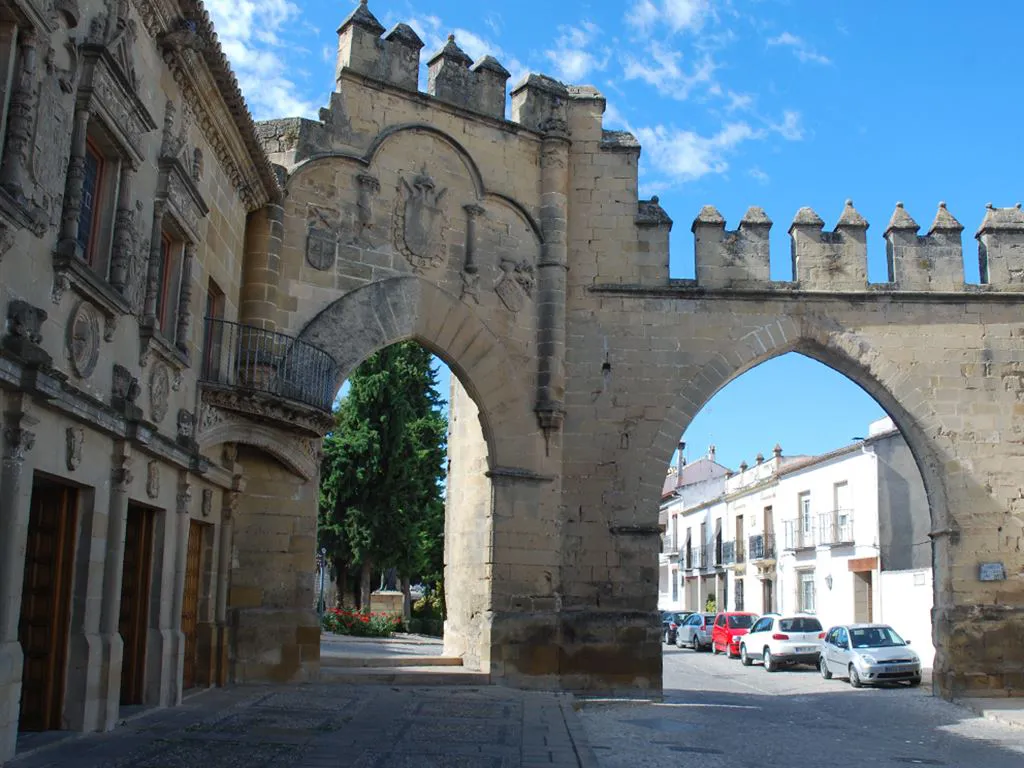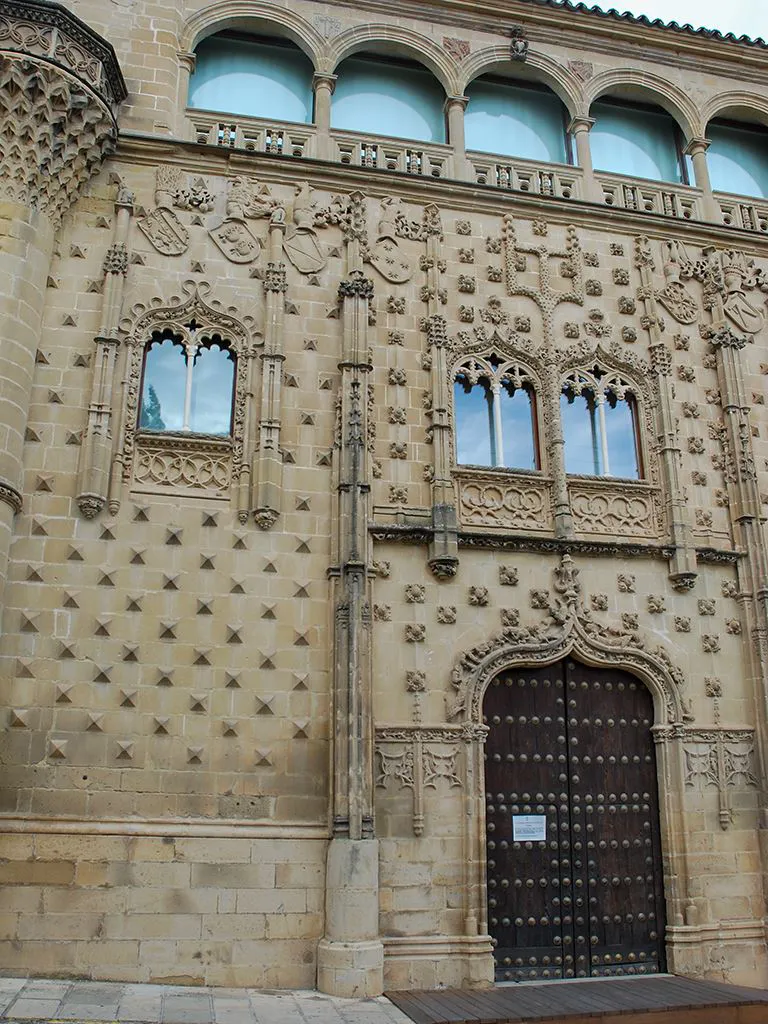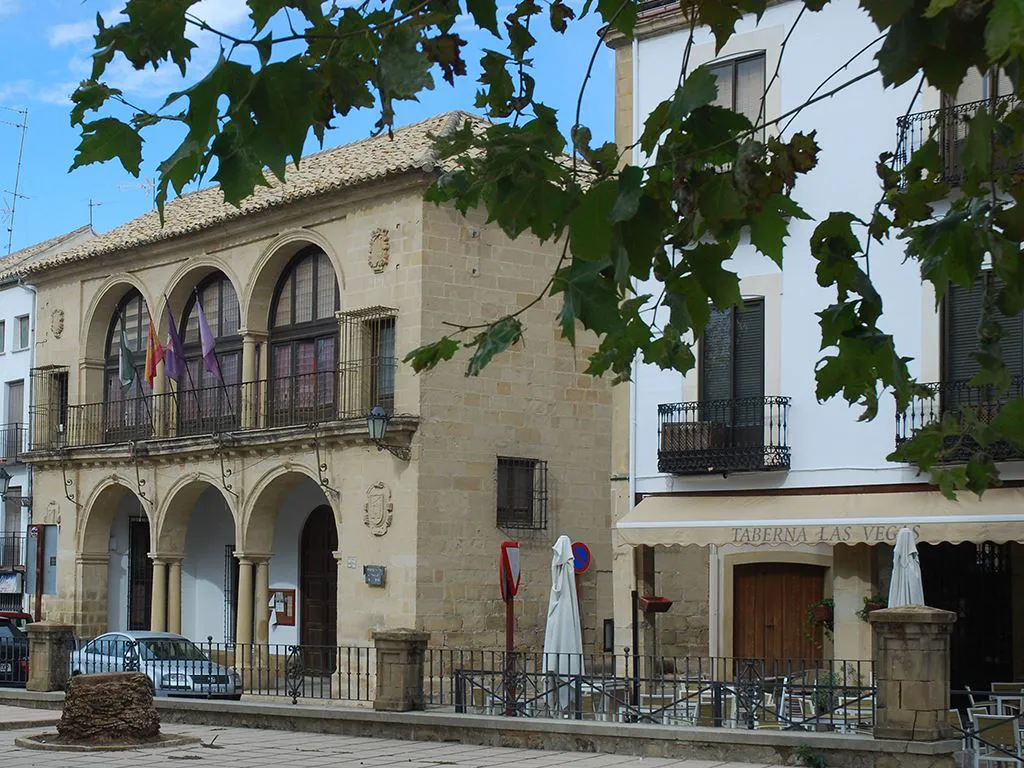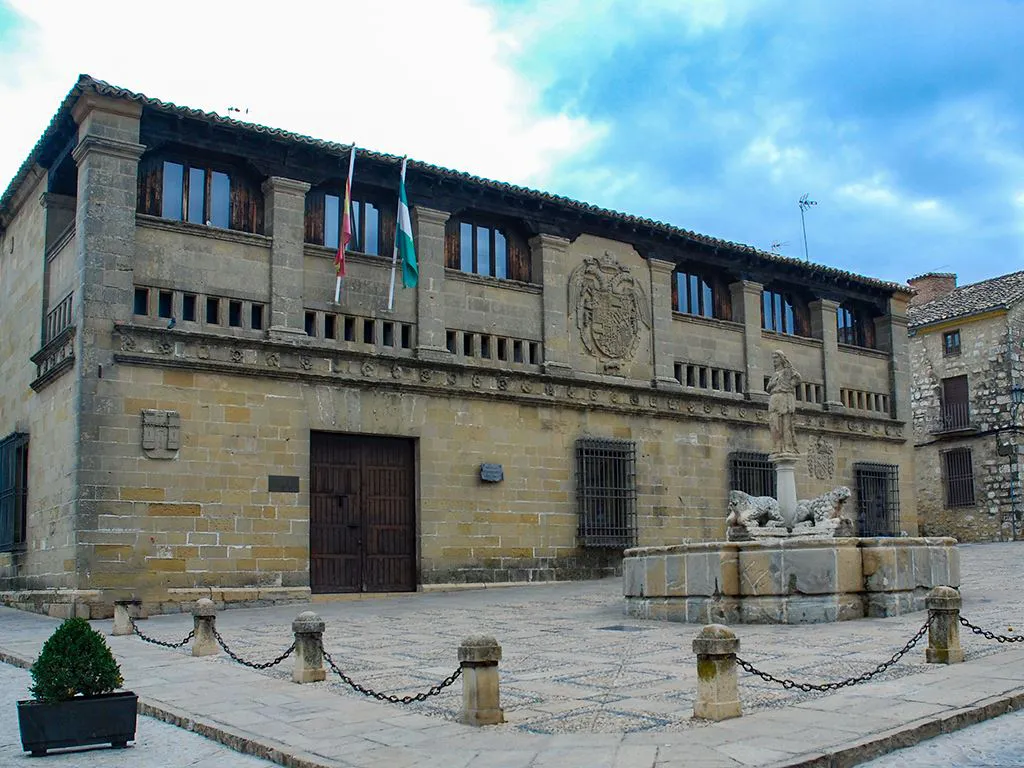Baeza is a UNESCO World Heritage site in Jaen province, Andalucia, Spain, known for its Renaissance architecture
By Nick Nutter | Updated 11 Apr 2023 | Jaén | Villages |
Login to add to YOUR Favourites or Read Later


Puerta de Jaen Baeza
Baeza was added to the list of UNESCO World Heritage sites in 2003, along with its larger neighbour Úbeda. It gained entry to the list of World Heritage sites for its remarkable Renaissance architecture that dates to the 16th century. Along with Úbeda, Baeza is known as ‘the cradle of Spanish Renaissance’. These Renaissance gems were nicknamed "reina (queen)" and "la dama (lady)" by the brilliant poet Antonio Machado who taught at Baeza University in the early 20th century. Perhaps the best way to describe Baeza in one phrase is, ‘small but perfectly formed’.


Santa Iglesia Catedral Baeza
Perched on a hill some 800 metres above sea level, Baeza overlooks the fertile valley of the Rio Guadalquivir. As such it was a magnet for the hunter gatherer tribes and the later Neolithic people that arrived in Andalucia. It is thought that the first settlement was Argaric, around 2000 BC, although there is no visible evidence left today. Much later, in the 5th century BC, the Iberians built a town on the Cerro de Alcazar but it was during the Roman period, from the 2nd century BC, that Baeza became a prominent town with a castle and walled enclosure. The Romans called it either Vivatia or Biatia. The town occupied an important position on the trade route between Cástulo and Málaga, particularly for the silver mined in the Sierra Morena and the Linares – Bailén depression.


Palacio Jabalquinto Baeza
In 550 AD, the Visigoths arrived in Baeza, now called Biattiensis and, during the Visigothic period, the town retained its importance as a trade centre. The peasant population was largely made up of Hispano-Romans whilst the merchants were mainly Jewish. Gradually, the silver became harder to extract and the fortunes of Baeza depended more on the agricultural products of the area, including olive oil, still important today.


Plaza de Constitucion Baeza
In the middle of the 8th century, the Muslims arrived, and much of the population converted to Islam. The city became known as Bayyasa or Biesa and was ruled by powerful Arab families. Internal disputes within the ruling families of al-Andalus led to the break up of the Muslim territories into taifas during the 11th century. The next hundred years saw Baeza expand with the building of mosques and markets and improvements to its fortifications.


Video By: Julie Evans


Statue of Fredinand III at Baeza
In 1212 Christian forces moved into al-Andalus via the Despeñaperros pass, the only natural break in the Sierra Morena mountain chain, about 35 kilometres north of Baeza. The Muslim forces were defeated at the Battle of Navas Tolosa and Alfonso VIII briefly occupied Baeza. The Christians did not have enough troops to occupy the city and the local, Muslim, population returned until, in 1227, Ferdinand III finally took the town. To commemorate the event, there is a statue of Ferdinand III, erected in 2005, just inside the imposing Puerta de Jaén. Baeza became the first city in Andalucia to be taken by the Christians and the religious capital of the Alto Guadalquivir region until the city of Jaén was captured in 1246.


Plaza Populo Baeza
The next 300 years are a tumultuous period in Andalucia, as the re-conquest gradually pushes the Muslims back towards Granada and the Christian monarchs impose their rule on Andalucia. The local aristocracy in the Baeza area, primarily the Benavide and Carvajale families, resented the erosion of their powers and fought between themselves to secure as much influence as they could under the new regime. Matters reached a head at the end of the 15th century and Queen Isabel la Católica of Castile had the city walls demolished.
It is during the 16th century that Baeza starts to achieve its maximum cultural and architectural splendour. The University was established and the palaces, churches, convents, monasteries and cathedral that make up the ‘Monumental Area’ of Baeza were built in the Renaissance style.
The best way to see the area is on foot, starting at the Plaza de Pópulo and entering the area through the Puerta de Jaén. Before passing through the gate, notice Pópulo House, the Leones Fountain and the old Slaughterhouse. The 1st Fundacion Universidad and Museum of Baeza (closed in October 2021 – check the website for reopening times), is 100 metres away together with a group of Renaissance buildings, the Iglesia de San Pedro, the Monasterio Santa Catalina and the Palacio de Villareal. Close by is the Santa Iglesia Catedral and the Palacio de Rubin de Ceballos.
Off to the east is another palace, Palacio de Obispos and the Paseo de la Murales, a 1 kilometre walk along the line of the Mediaeval walls. You can see the destruction ordered by Queen Isabel. Swing back into the Monumental Area through the Puerta de Úbeda and head for Plaza de Espana through more narrow streets and imposing palaces and back to your starting point via the Plaza de la Constitucion. The Tourist Information Office in Casa de Populo, beneath the Puerta de Jaén will furnish you with a map that shows about 50 sites of interest including one not to be missed, the Palacio de Jabalquinto with its unique, Flemish Gothic, façade. If you have time, a few minutes can be spent at the Mediaeval Baeza Visitor Centre that is situated in the tower that defends the Úbeda gateway. It is a small centre that deals with the complex defence system in Baeza and its mediaeval history.
Finally, all that walking will have given you an appetite. Baeza has many restaurants, and the list of local dishes is almost as extensive as the number of monuments. Look for dishes containing the smaller game, partridge (perdiz), thrush (tordo), hare (liebre ) and rabbit (conejo). These, together with pork and a huge range of vegetables, all somehow managing to include the extra virgen olive oil of Jaén, provide the basis for some mouth watering dishes. Be warned, the portions are not small.
The urban morphology of the two small cities of Úbeda and Baeza in southern Spain dates back to the Moorish 9th century and to the Reconquista in the 13th century. An important development took place in the 16th century, when the cities were subject to renovation along the lines of the emerging Renaissance. This planning intervention was part of the introduction into Spain of new humanistic ideas from Italy, which went on to have a great influence on the architecture of Latin America.